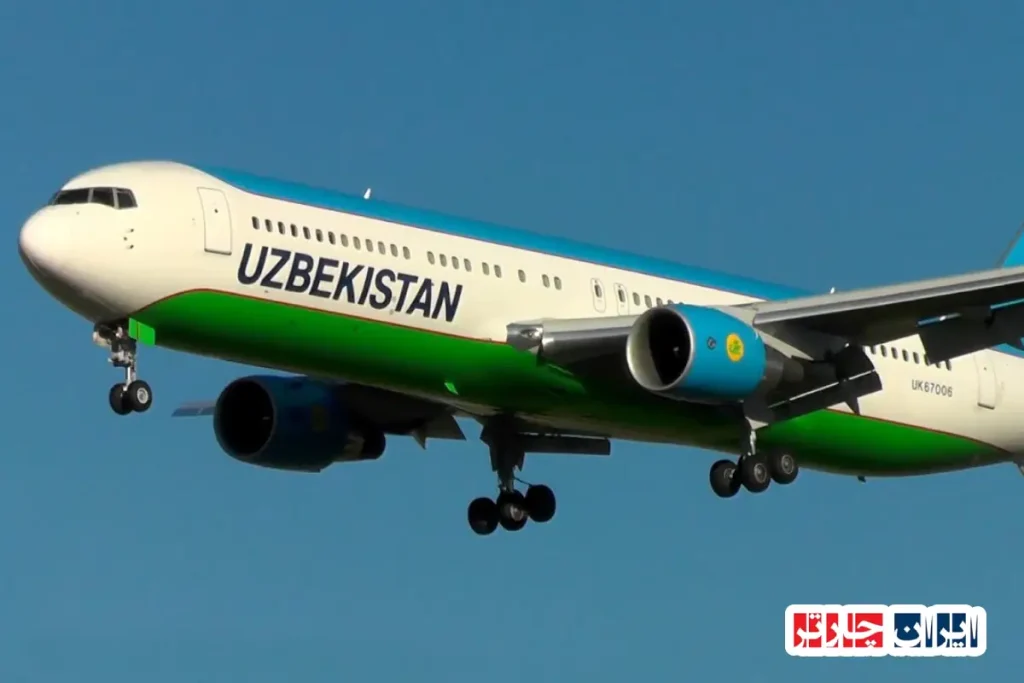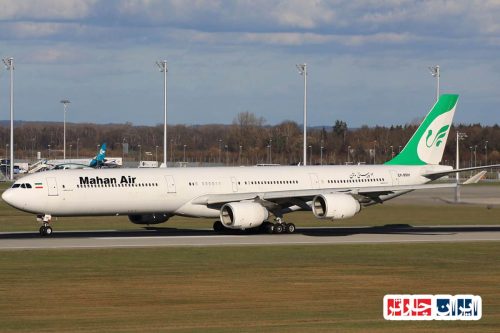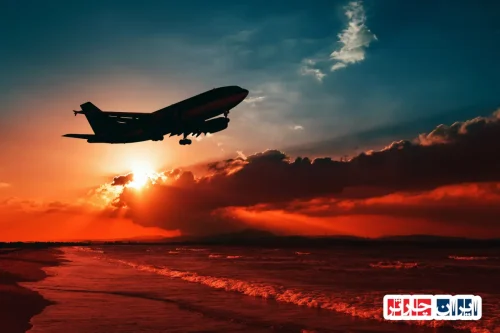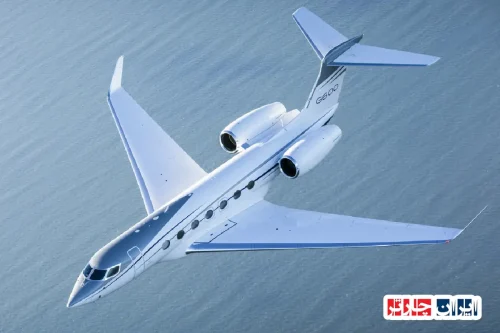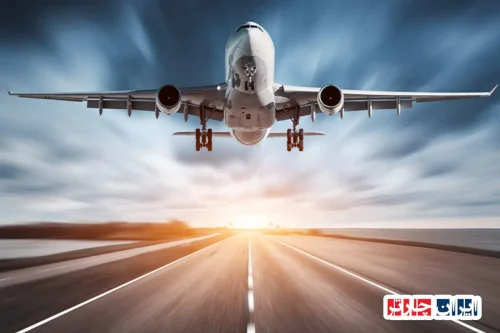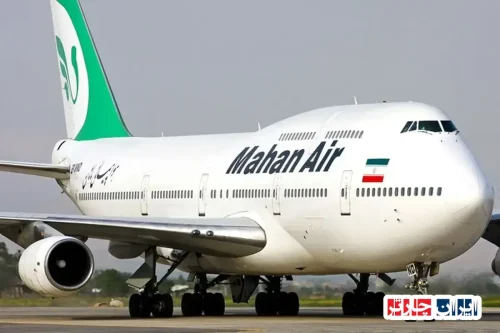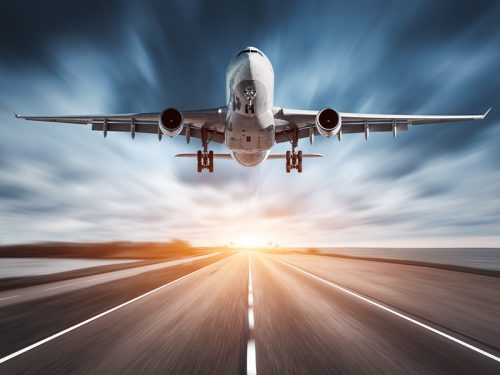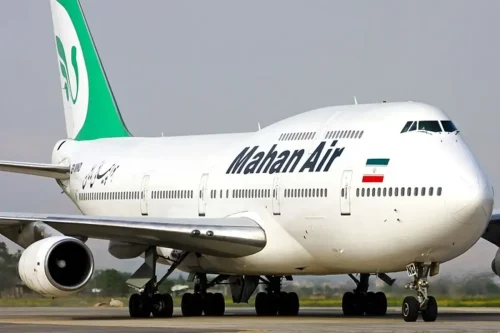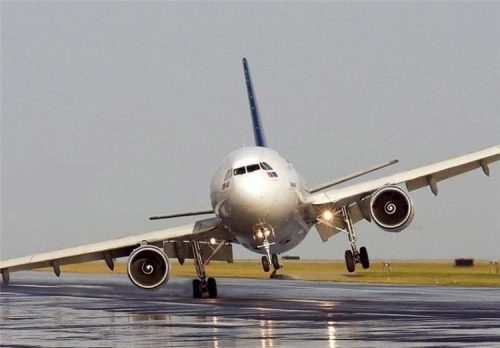Discovering the Best Time to Fly: A Seasonal Guide to Cheap Flights to Italy
Planning your trip to Italy starts with understanding the best times to find affordable airfare. Prices for flights to Italy fluctuate significantly based on the season. Peak seasons like summer (June-August) and major holidays often see a surge in demand, leading to higher prices. Conversely, the shoulder seasons of spring (April-May) and autumn (September-October) can offer a sweet spot with pleasant weather and more reasonable fares. Even in winter, while some areas might be colder, cities like Rome can be charming and offer excellent opportunities for cheap flights to Italy, especially if you avoid the Christmas and New Year period. Keep an eye on local festivals and events, as these can also drive up prices in specific regions.
Beyond Rome and Milan: Uncovering Italy’s Lesser-Known Gateways for a Budget-Friendly Flight
While Rome and Milan are popular entry points, exploring alternative airports can significantly reduce the cost of your airfare to Italy. Consider flying into cities like Naples, Florence, Venice (Treviso), or Bologna. These airports often have less direct demand, leading to more competitive prices for your ticket booking to Italy. From these smaller hubs, you can easily connect to major cities via Italy’s efficient train network or regional flights, often providing a richer, more local experience at a lower overall cost. This strategy allows you to experience more of Italy beyond the typical tourist routes while keeping your travel budget in check.
The Secrets of Smart Ticket Buying: From Date Flexibility to Using Search Engines
When looking for the best deals on flights to Italy, flexibility is your greatest asset. Being adaptable with your travel dates and times can unlock significant savings. Utilize powerful flight search engines like Google Flights, Skyscanner, and Kayak to compare prices across various airlines and dates. Don’t forget to use incognito mode when searching, as some websites may track your queries and potentially raise prices. Setting up price alerts for your desired route will notify you when fares drop, ensuring you don’t miss out on a great deal for your air ticket purchase to Italy.
Flight Classes and Ancillary Services: A Smart Choice for a Pleasant Journey to Italy
Understanding the different flight classes and ancillary services can help you make an informed decision when you book your flight to Italy. While economy class is the most budget-friendly, premium economy offers more legroom and enhanced services, business class provides superior comfort and amenities, and first class offers a luxurious experience. Evaluate what’s important for your trip. Additionally, consider the cost of extra services like checked baggage, seat selection, and in-flight meals, as these can add to the final price of your flight reservation to Italy. Sometimes, purchasing bundled packages from airlines might be more cost-effective than adding services individually.
Italy Within Your Reach: A Step-by-Step Guide to Booking Flights from Iran to the Apennine Peninsula
Booking a flight to Italy from Iran involves a few key steps. First, select your desired destination and dates. Popular airlines for this route often include Turkish Airlines, Qatar Airways, and Emirates, offering convenient connections. Remember that a Schengen visa is required for Iranian citizens to enter Italy, so ensure all necessary documents are in order and your passport has sufficient validity. Once your visa is secured, proceed with the flight ticket purchase. For first-time travelers to Italy, it’s advisable to familiarize yourself with basic Italian phrases and research local transportation options to ensure a smooth transition from the airport to your final destination in this beautiful country.
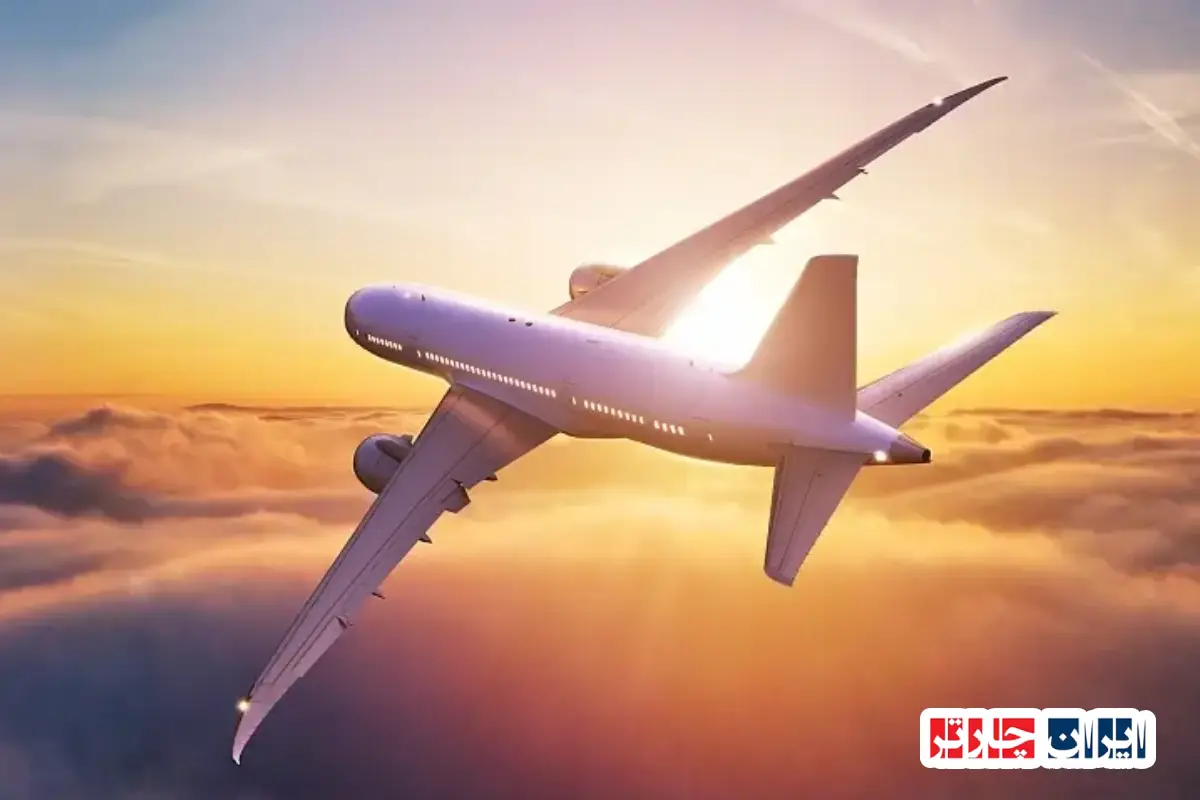
Common Questions About Airline Tickets to Italy
How can I buy airline tickets to Italy?
You can purchase tickets through online travel agencies (OTAs) like Expedia or Skyscanner, directly from airline websites such as Lufthansa or Turkish Airlines, or by visiting a physical travel agency.
What documents do I need to buy an airline ticket to Italy?
To buy a ticket, you’ll need to provide your full name exactly as it appears on your passport, your passport number, and its expiration date. Make sure your passport is valid for at least six months beyond your1 planned return date.
How much do airline tickets to Italy cost?
Ticket prices vary greatly depending on factors like the season of travel, the airline, the number of layovers, the class of service (economy, business, etc.), and when you buy the ticket. To get an accurate price, you’ll need to search for your specific travel dates.
Can I buy a one-way ticket to Italy?
Yes, you can purchase one-way tickets (just a single trip) or round-trip tickets (return journey included) for flights to Italy.
What’s the best time to buy cheap tickets to Italy?
Generally, buying tickets during the off-peak seasons (like late fall or early spring, excluding major holidays), on mid-week days (Tuesday-Thursday), and several weeks or even months in advance can help you find lower prices.
Is it possible to change my ticket dates or get a refund?
Yes, ticket changes (rebooking) and refunds are usually possible, but they depend entirely on the airline’s specific policies and the type of ticket you bought. Cheaper tickets often have more restrictions, may incur fees, or might even be non-refundable.
What’s the baggage allowance for flights to Italy?
The baggage allowance (both carry-on and checked luggage) is determined by the airline and can vary based on your class of service and ticket type. This information is typically displayed on your ticket or during the online booking process.
Can I choose my seat on the plane?
Yes, on most flights, you can select your seat, which might be available for free or for an additional fee, depending on the airline and your ticket.
Are there direct flights from my city to Italy?
Whether there are direct flights depends on your departure city. Major hubs often have direct flights to large Italian cities like Rome or Milan, while smaller airports might require one or more layovers.

